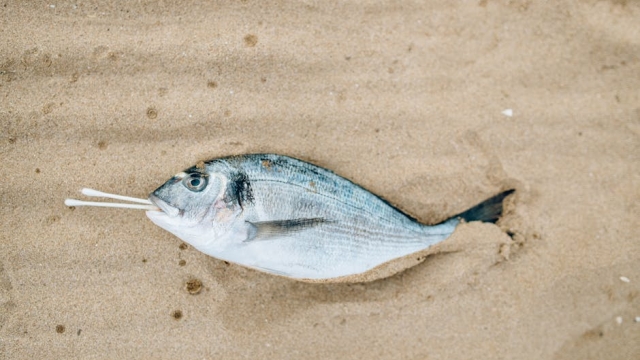
Site Selection for Fish Farming
Ryan Flores -
Fish farming, or aquaculture, represents a significant opportunity for sustainable food production, providing a controlled environment for cultivating various fish species. However, the success of a fish farming operation relies heavily on meticulous planning. fish farm planning encompasses a range of considerations, from site selection to equipment needs and operational strategies. This article aims to guide readers through the essential components of effective fish farm planning to ensure a thriving business.
Site Selection for Fish Farming
One of the most critical aspects of fish farm planning is the careful selection of the site. The location will influence not only the success of the fish farm but also its operational efficiency. Several factors play a pivotal role in site selection:
Water Quality
Water quality is paramount in aquaculture. Ideal sites should have access to clean, fresh water that meets the specific requirements of the fish species being raised. Parameters such as pH, dissolved oxygen levels, and temperature must be monitored regularly. Additionally, the source of water should be stable and sustainable to ensure that fish health is maintained throughout their lifecycle.
Accessibility
The site should be easily accessible for both daily operations and transportation of supplies and harvested fish. Proximity to suppliers, markets, and infrastructure such as roads and transportation networks can significantly reduce operational costs and improve efficiency. Consideration of access for maintenance and emergency services is also essential.
Environmental Impact
Conducting an environmental impact assessment is crucial in fish farm planning. Understanding how the farming operation will affect local ecosystems, water bodies, and surrounding communities helps mitigate negative consequences. This assessment can also guide the design of the farm to promote sustainability and compliance with regulations, preserving biodiversity and protecting water quality.
Essential Equipment for Fish Farms
Once the site has been selected, the next step in fish farm planning involves identifying the essential equipment necessary for successful operation. The type of fish farm—whether it’s a pond, tank, or recirculating aquaculture system—will dictate specific equipment needs.
Initial Investments
Investments in equipment can vary significantly depending on the scale of the operation. Key items include tanks or ponds for fish rearing, aeration systems to maintain oxygen levels, filtration systems to ensure water quality, and feeding systems tailored to the species being farmed. The initial investment can be substantial, but it is vital for establishing a productive environment.
Ongoing Maintenance
Maintenance of equipment is an ongoing responsibility that should not be overlooked. Regular checks and servicing of aerators, pumps, and filtration systems are necessary to avoid downtime and ensure a healthy environment for the fish. Fish farm planning should include a budget for maintenance costs and a schedule for routine inspections and repairs.
Operational Strategies for Successful Fish Farming
Effective operational strategies are the backbone of a successful fish farming business. Key components include:
Feeding Practices
Choosing the right feed and feeding schedule is critical for optimal growth and health of the fish. Fish farm planning should involve selecting high-quality feed that meets the nutritional needs of the fish species. Implementing a feeding strategy that minimizes waste and maximizes growth can lead to better yields.
Health Management
Regular health monitoring is essential to prevent disease outbreaks. Implementing biosecurity measures, such as quarantining new fish and maintaining clean environments, can help protect the stock. Additionally, understanding the signs of illness and having a management plan in place for potential outbreaks is crucial for maintaining fish health.
Sustainability Considerations
Incorporating sustainable practices is becoming increasingly important in aquaculture. Fish farm planning should include strategies for waste management, resource conservation, and responsible sourcing of feed. Sustainable practices not only benefit the environment, but they can also enhance marketability and consumer trust.
Conclusion
In conclusion, fish farm planning is a multifaceted process that requires careful consideration of various factors, including site selection, essential equipment, and operational strategies. By taking a comprehensive approach to planning, fish farmers can establish successful, sustainable operations that contribute positively to food production and environmental stewardship. Whether you are a novice or an experienced farmer, investing time in meticulous planning will pay dividends in the long run. For further resources and guidance on fish farm planning, consider exploring Wolize for additional insights.
You may also like
Archives
- November 2025
- October 2025
- September 2025
- August 2025
- July 2025
- June 2025
- May 2025
- April 2025
- March 2025
- February 2025
- January 2025
- December 2024
- March 2024
- February 2024
- January 2024
- December 2023
- November 2023
- October 2023
- September 2023
- August 2023
- July 2023
- June 2023
- May 2023
- April 2023
- March 2023
- February 2023
- January 2023
- December 2022
- November 2022
- October 2022
- September 2022
- August 2022
- July 2022
- June 2022
- May 2022
- April 2022
- March 2022
- February 2022
- January 2022